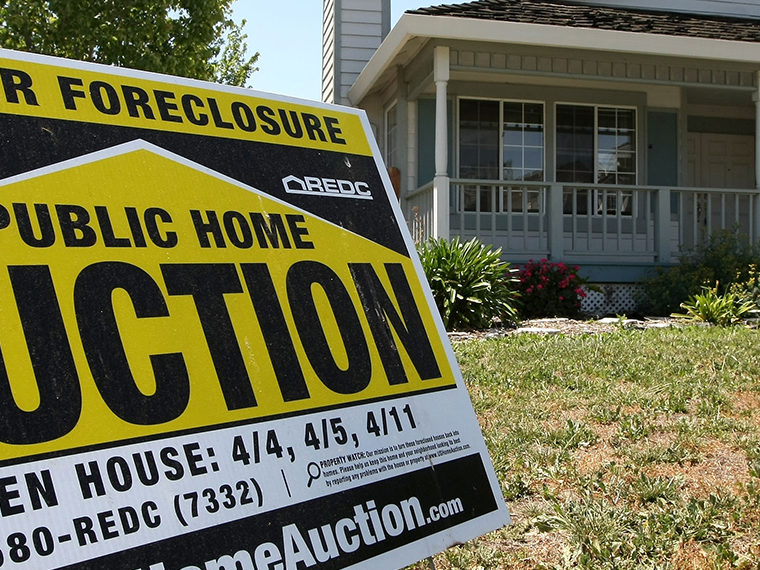Though defaults are low, rates on credit card loan-backed notes are high
Since the 2008 financial crisis, with the Federal Reserve holding down interest rates, mortgages, car loans, and student loans have all become cheaper.
But there’s one noticeable exception: The typical interest rate charged on unpaid credit card balances has increased. Prior to the crisis, the average interest rate was hovering around 15%. Today it’s closer to 16.5%. And the University of Delaware’s Matthias Fleckenstein and UCLA Anderson’s Francis A. Longstaff, relying on data from prospectuses, say that, including fees charged to consumers, the rate is about 20%.
But it wasn’t a systemic increase in losses for credit card issuers that triggered the post-crisis rise in credit card rates. Among the top 100 banks, the charge-off rate for credit card loans has fallen steadily since the height of the crisis. After peaking at more than 10.5% in 2010, the charge-off rate has been below 4% since mid-2012. (For the record: In the decade leading up the financial crisis, the average charge-off rate at the big banks was typically above 4%.)
Opt In to the Review Monthly Email Update.
A working paper published by the National Bureau of Economic Research suggests that the stubbornly high level of credit card rates charged to consumers may in part be a function of a marked change in the pricing of securitized credit card loans since the financial crisis. Washington’s post-crisis move to rein in Wall Street risk taking seems to have fueled that shift.
“Recent capital regulation may have added hundreds of basis points to the overall cost of obtaining unsecured consumer credit in the credit card market,” write Fleckenstein and Longstaff.
Like student loans, mortgages and car loans, credit card lending is merely the start of the revenue stream for Wall Street. Packaging the loans (that’s what your unpaid credit card bill is, after all) into notes for institutional investors is a profitable endgame as well. Credit card asset-backed securities totaled more than $83 billion at the end of the second quarter of 2020.
Credit card balances are a unique debt, as the loans backing them are unsecured and can be discharged in bankruptcy. No surprise, then, that institutional investors expect a meaty margin of safety to bite. Fleckenstein and Longstaff reveal that this risk premium has dramatically widened since 2010.
In an analysis of the credit card ABS business for the 10 largest banks from 2000 to 2020, Fleckenstein and Longstaff quantify the risk premium based on their analysis of actual credit card ABS market prices. (Those 10 banks dominate the credit card market, holding an estimated 80% of the outstanding balances.)
The authors find that in the early 2000s the average risk premium for ABS tied to credit cards was typically around two to three percentage points. By 2020, it was nearly 15 percentage points.
Recognizing that institutional investors have long viewed unsecured credit card debt as a close risk-cousin to corporate junk bonds, the authors examined if the path of the credit card risk premium is in sync with the high-yield bond market spread. As the graphic below shows, the rise in the credit card ABS risk premium over the past decade does not seem tied to a general repricing of margin of safety among riskier asset classes.
Moreover, they find that among the big card issuers, the charge-offs during the crisis did not lead to net losses for their ABS investors. Fleckenstein and Longstaff calculate the “excess spread” for ABS securities, which measures what is left for the issuer after collecting payments from consumers and then making good on payments (and fees) to the ABS investors. As long as the excess spread remains above zero, the issuers are whole, and investors collect their interest (and eventually repayment of principal). As shown below, the excess spread did not break zero during the financial crisis.
As for why it has skyrocketed since, a series of calculations leads the authors to dismiss a few possibilities (e.g., charge-offs are not the culprit) and posit that shifts in federal regulation of banks (credit card issuers) that began in 2010 explain the big increase in the consumer credit risk premium.
A major change to federal accounting regulations required banks to move their credit card receivables (the charges consumers haven’t yet paid off) onto their balance sheet. At the same time, capital requirements were raised. And a key feature of the Dodd-Frank Act financial reforms required issuers of securities to maintain some “skin in the game” by owning at least 4% to 7% of every security they issued.
“We find that a major portion of the increase in the consumer credit risk premium during the past decade may be due to the impact of capital regulation.”
Their research didn’t explicitly focus on whether the shift in the credit risk premium they document is a full-on explanation for why the rates consumers with credit card balances paid have not fallen post-crisis along with other borrowing rates. But it seems to be a hint that in the process of reining in Wall Street risk taking, it’s the consumer who’s footing the bill for increased operational costs.
Featured Faculty
-
Francis Longstaff
Distinguished Professor of Finance; Allstate Chair in Insurance and Finance, Area Chair
About the Research
Fleckenstein, M., Longstaff, F.A. (2020) The Market Risk Premium for Unsecured Consumer Credit Risk.






